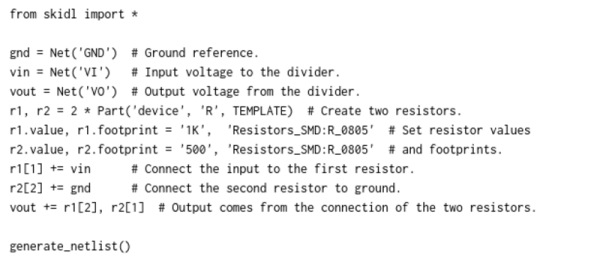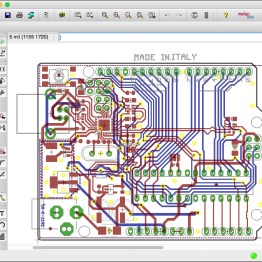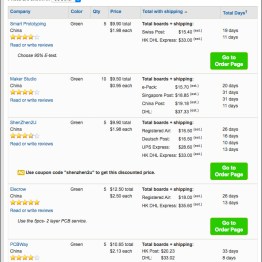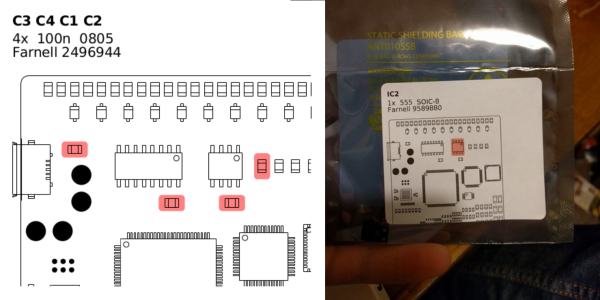There are certain design guidelines for PCBs that don’t make a lot of sense, and practices that seem excessive and unnecessary. Often these are motivated by the black magic that is RF transmission. This is either an unfortunate and unintended consequence of electronic circuits, or a magical and useful feature of them, and a lot of design time goes into reducing or removing these effects or tuning them.
You’re wondering how important this is for your projects and whether you should worry about unintentional radiated emissions. On the Baddeley scale of importance:
- Pffffft – You’re building a one-off project that uses battery power and a single microcontroller with a few GPIO. Basically all your Arduino projects and around-the-house fun.
- Meh – You’re building a one-off that plugs into a wall or has an intentional radio on board — a run-of-the-mill IoT thingamajig. Or you’re selling a product that is battery powered but doesn’t intentionally transmit anything.
- Yeeeaaaaahhhhhhh – You’re selling a product that is wall powered.
- YES – You’re selling a product that is an intentional transmitter, or has a lot of fast signals, or is manufactured in large volumes.
- SMH – You’re the manufacturer of a neon sign that is taking out all wireless signals within a few blocks.
Continue reading “PCB Design Guidelines To Minimize RF Transmissions”





![pcbshopper-dialog ..run [Jeremy's] ULP script..](https://i0.wp.com/hackaday.com/wp-content/uploads/2016/09/pcbshopper-dialog.jpg?w=262&h=262&crop=1&ssl=1)












